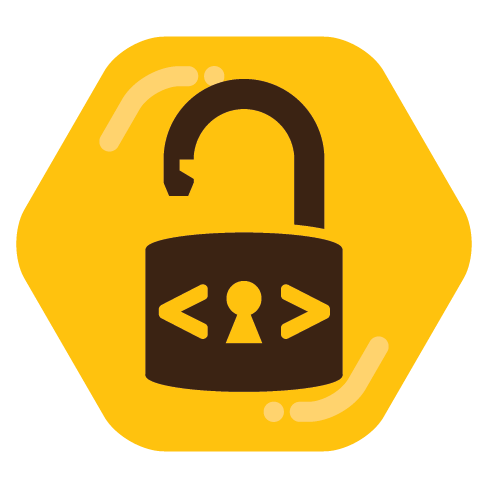

What’s App : Signal.
Instagram: Pixelfed
TikTok: loops
YouTube: peertube
Xitter: Mastodon (pleroma, akkoma, etc …)
Google maps: open street map
Reddit: Lemmy 😉
Google search: duck duck go, startpage
I’ll let you Google the names of the different apps.






It’s either Slackware (Linux, no systemd), OpenBSD or NetBSD.
True story: I install a Red Hat server with a disk shelf with about 12 SAS disk in it. Red Hat has systemd. Everything works fine for a month.
One (1) disk out of the 12 fails. No biggie. Shutdown the server cleanly. Replace disk. Flip power back on. Rebuild disk config. Simple, right?
Wrong. You see, systemd is unhappy. It detects a new disk. It has lost a previous disk. And so, it refuses to boot. Period.
Yes, there are ways out of this. But that was the day I decided systemd was the down of the devil.